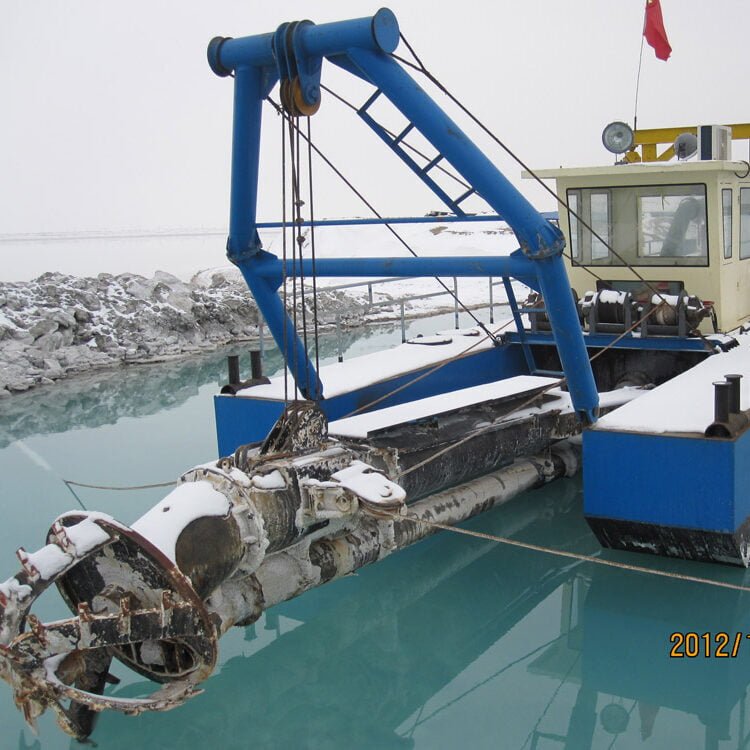
Innovations in Dredging Technology
Keywords: Dredging Technology, Innovations
The Evolution of Dredging Equipment
The dredging industry has undergone significant technological advancements in recent years, driven by the need for more efficient, cost-effective, and environmentally friendly operations. Traditional dredging methods, while effective, often involved labor-intensive processes and had considerable environmental impacts. Today, innovations in dredging technology are transforming the industry, enabling more precise and sustainable operations.
The Role of Automation and Remote Control
One of the most significant advancements in dredging technology is the integration of automation and remote control systems. Modern dredgers are increasingly equipped with automated systems that allow for precise control of dredging activities. These systems use GPS and sonar technology to map the seabed accurately and guide the dredging process. As a result, operators can achieve greater accuracy, reducing the need for re-dredging and minimizing environmental disturbance.
Benefits of Real-Time Monitoring Systems
Real-time monitoring systems are another innovation that is revolutionizing the dredging industry. These systems provide continuous data on dredging operations, including sediment concentration, dredger position, and equipment performance. By analyzing this data, operators can make informed decisions in real-time, optimizing the dredging process and reducing operational costs. Furthermore, real-time monitoring helps ensure compliance with environmental regulations by allowing operators to adjust activities as needed to minimize environmental impacts.
Advances in Energy Efficiency
Energy efficiency is a major focus of recent innovations in dredging technology. As the cost of fuel continues to rise and environmental regulations become more stringent, there is a growing demand for dredgers that use less energy without compromising performance. Innovations such as hybrid and electric dredgers are becoming more common, offering significant reductions in fuel consumption and emissions. These energy-efficient dredgers not only lower operational costs but also contribute to a smaller environmental footprint.
Environmental Protection and Sustainability
Environmental protection is at the forefront of technological advancements in dredging. New dredging techniques and equipment are being developed to minimize the impact on marine ecosystems. For instance, dredgers equipped with advanced sediment management systems can control the spread of suspended particles, reducing turbidity and protecting aquatic habitats. Additionally, the use of biodegradable hydraulic fluids and other eco-friendly materials helps minimize the potential for pollution.
Future Trends in Dredging Technology
Looking ahead, the future of dredging technology is likely to see further advancements in automation, energy efficiency, and environmental protection. The development of autonomous dredgers, capable of operating without human intervention, could revolutionize the industry by reducing labor costs and improving safety. Moreover, continued research into sustainable dredging practices will lead to new technologies that further reduce the environmental impact of dredging operations.
Conclusion: Embracing Innovation for a Sustainable Future
The innovations in dredging technology are driving the industry towards a more sustainable and efficient future. By embracing these advancements, companies can improve their operational efficiency, reduce costs, and minimize their environmental impact. As technology continues to evolve, the dredging industry will be better equipped to meet the challenges of the future, balancing the need for development with the responsibility to protect the environment.
DREDGER

No responses yet